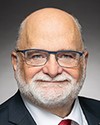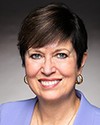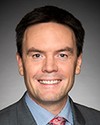Thank you.
As with any field of study, there are varied opinions and perspectives on the data. There are some lone wolves in this area of research, no question, but the consensus within the scientific community internationally is that comprehensive firearm laws save lives.
Within the context of Canada's measuring the impact of gun laws, one of the challenges we do have is that we don't disaggregate data, and it makes it very difficult to study this problem. We should also be very wary of drawing any sweeping conclusion. That said, there have been some Canadian papers looking at major gun control changes in the late 1970s and in 1995 that are considered to be methodologically sound and do show reductions in homicides and suicides.
I would note and caution this committee and the references it draws to a couple of the Canadian studies that have come before the committee most recently. They ask very important and relevant questions, but there are major flaws in the design, analysis and reporting of the results. We will be submitting a more thorough statistical assessment based on input from independent academics and biostatisticians across North America, including in leading universities such as Johns Hopkins, Harvard and Toronto, to both the journal and this committee.
The method used in 2023 and the 2020 paper looking at Canadian legislation by a sole author, called difference-in-differences, cannot be applied to a single population exposed to the same legislation. It chooses the incorrect control group and it is highly selective in which laws it chooses to include and how it divides time periods up.
I would also like to acknowledge that not all peer review is created equal and not all journals are created equal. PLOS One, where these studies have been published, does not rank in the top 5,000 scientific peer-reviewed journals currently. I do publish on firearm mortality surveillance around the world, and my work has been published in The Lancet Public Health, which is the world's leading public health journal.





